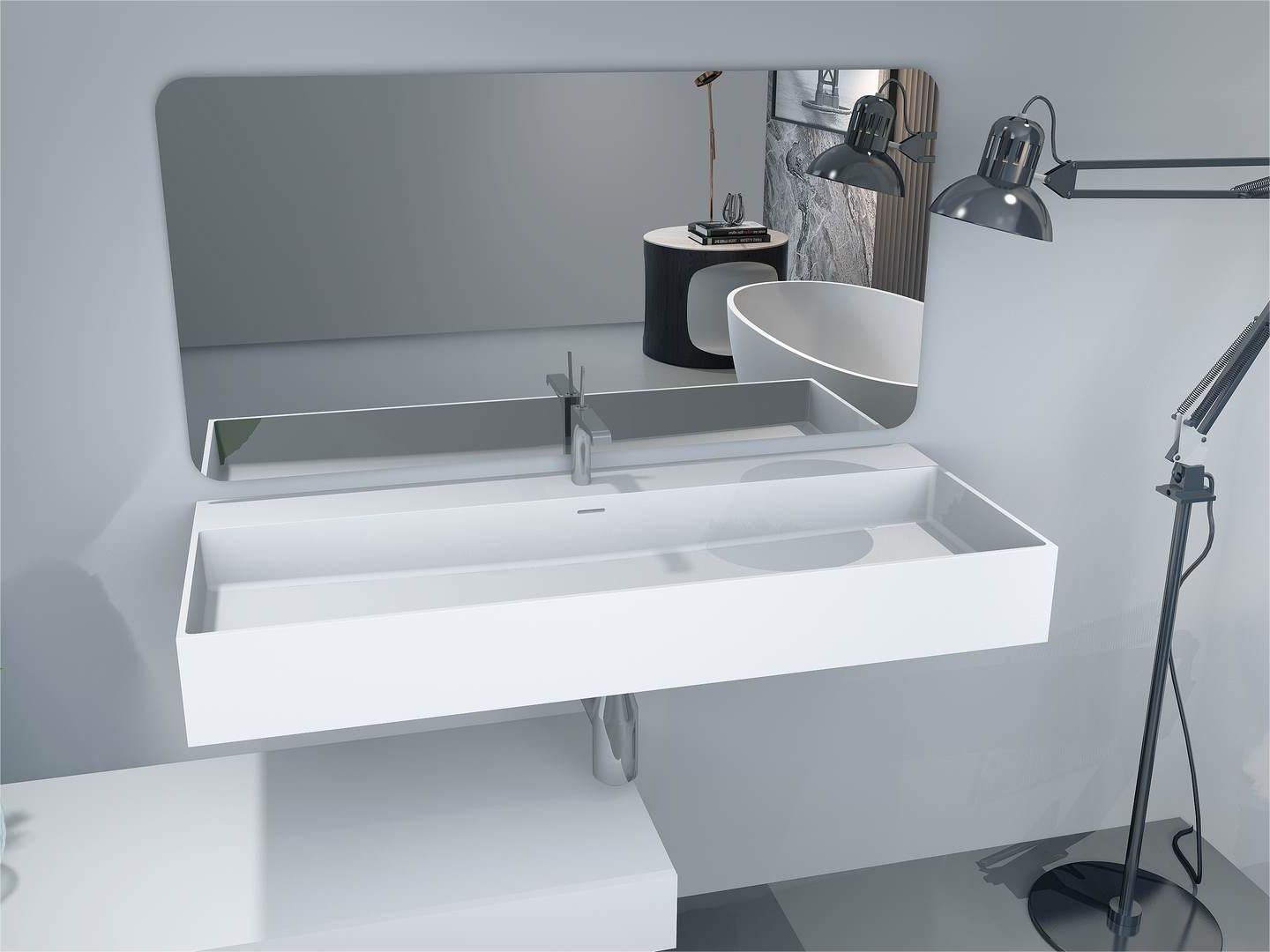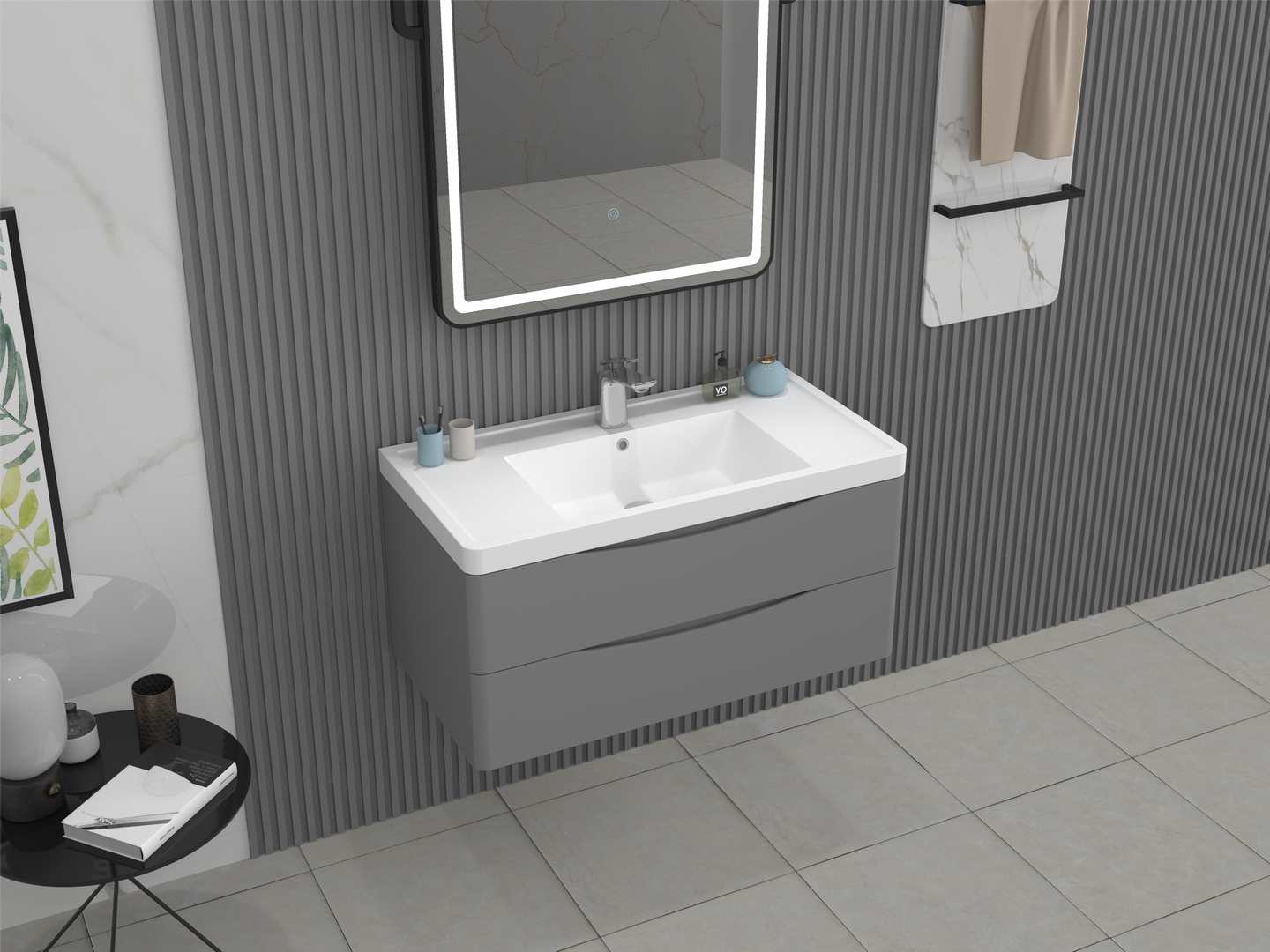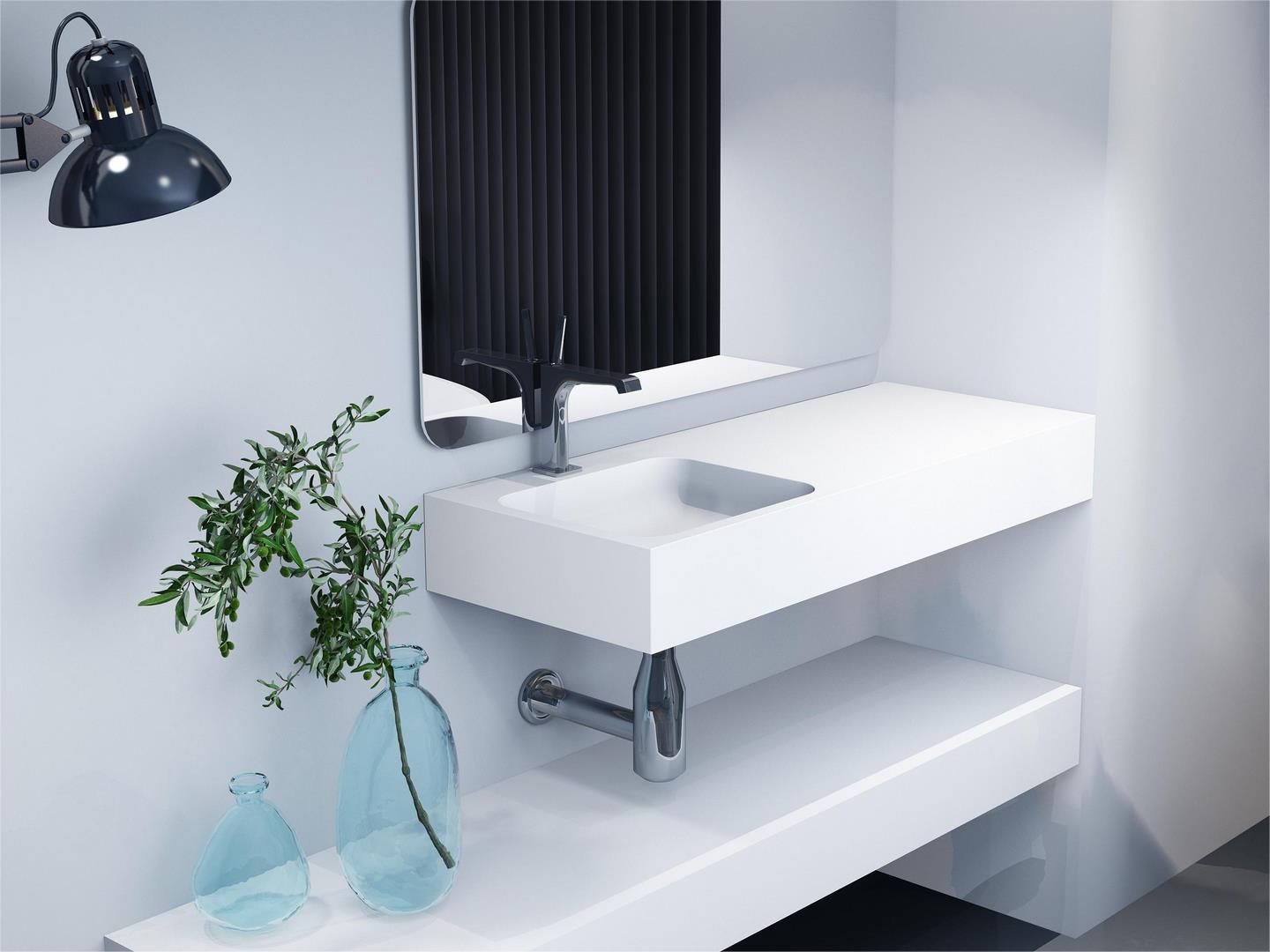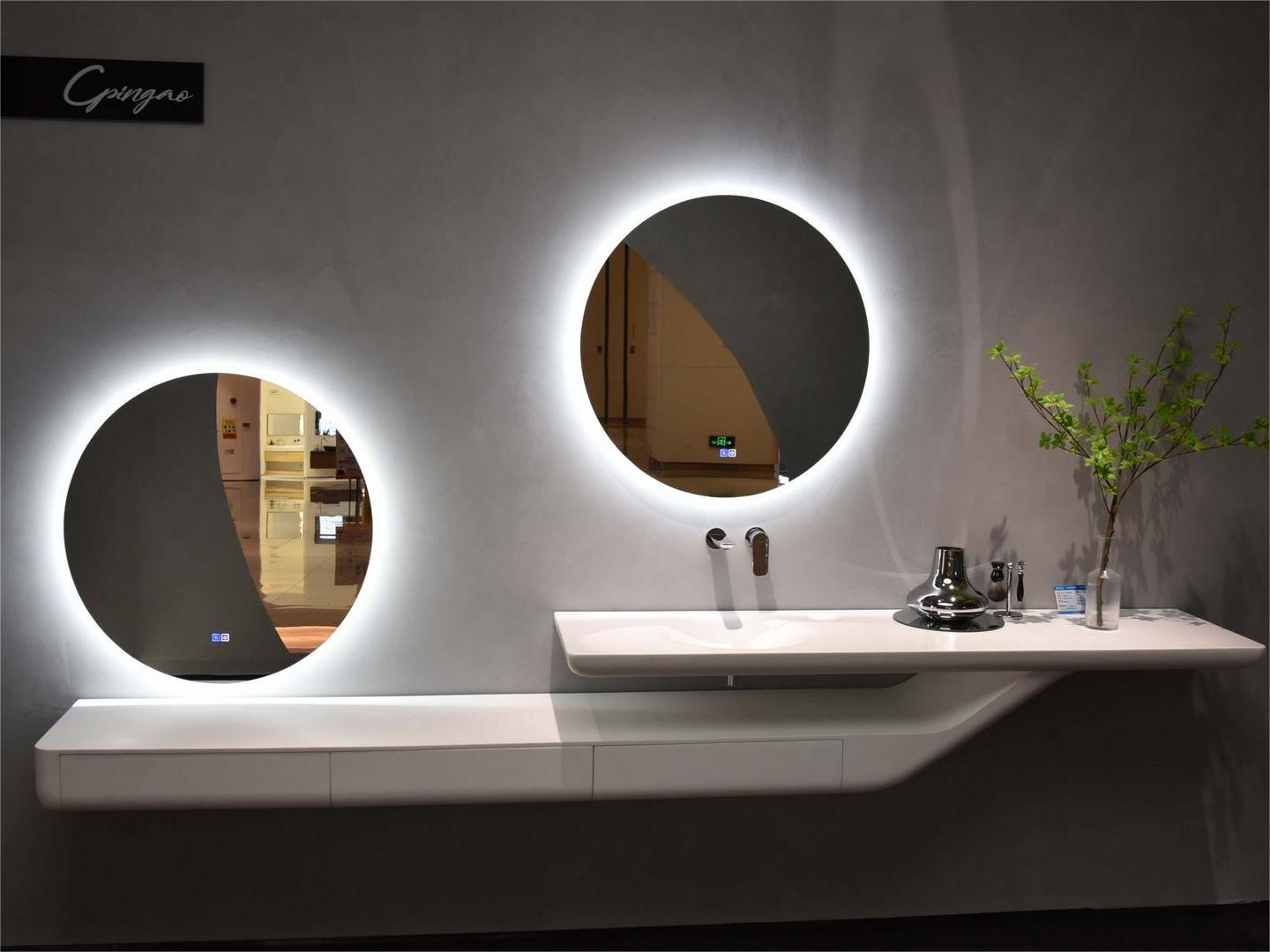5 wash basin ideas for bathroom
Introduction
In the dynamic world of wash basin ideas for bathroom, the right wash basin can transform both the functionality and aesthetics of your space.
Many homeowners find themselves puzzled by the plethora of choices available, often asking:
what kinds of wash basin ideas are suitable for modern bathrooms?
Why does selecting a basin feel so overwhelming?
To clarify these doubts and assist in your decision-making, this article will delve into five essential queries about wash basin ideas for bathrooms.
We'll explore the best types for different spaces, the most practical and stylish shapes, how to choose one that complements your interior, the most durable materials available, and the variety of styles you can choose from.
By the end of this piece, you'll be equipped with all the necessary information to make an informed choice that enhances your bathroom’s decor and functionality.
If still want to know more about Chinese wash basin wholesale or wash basin company name or wash basin manufacturers, you can go to WINSEN NEWs to know more.

Which Type of Wash Basin is Best for Bathroom?
Choosing the ideal wash basin for your bathroom depends on several important factors that balance functionality, aesthetics, and budget.
Here’s how to find the best type that suits your space:
Size:
The size of the wash basin should be proportionate to your bathroom. It needs to be large enough for practical use without overwhelming the space.
For smaller bathrooms, consider a compact pedestal or corner basin to maximize space.
In larger bathrooms, a wider, perhaps double basin could be appropriate for more luxurious or high-traffic environments.
Style:
The style of the basin should harmonize with your bathroom's design theme.
Traditional bathrooms often feature classic designs like pedestal basins with ornate details, while modern bathrooms may benefit from streamlined vessel sinks or under-counter basins that emphasize clean lines and minimalism.
Function:
Evaluate the basin's function based on who and how it will be used.
For family bathrooms, prioritize durability and ease of cleaning, opting for materials like ceramic or resin that are resistant to scratching and simple to maintain.
In less frequented guest bathrooms, you might choose style over function, with materials like glass or custom artisan pieces.
Budget:
Determine your budget early in the selection process, as wash basin costs can vary widely.
Materials and brand names significantly influence price, but remember that investing in quality can reduce long-term costs related to maintenance and replacement.
By considering these factors, you can select a wash basin that not only meets your practical needs but also complements the aesthetic of your bathroom, ensuring it is a comfortable and appealing space for all users.

What is the Best Bathroom Basin Shape?
Choosing the right shape for your bathroom basin can significantly impact the overall aesthetic and functionality of your bathroom.
Here are some popular basin shapes and their benefits:
Rectangular Basins:
These are a classic choice that provides a clean, sleek look, ideal for minimalist bathrooms.
Their elongated form usually offers plenty of space for washing, making them practical for everyday use.
Rectangular basins fit well with streamlined, contemporary fixtures and offer ample room for placing toiletries.
Round Washbasins:
Known for their soft, curved edges, round basins can soften the look of a bathroom, providing an organic feel.
They are incredibly versatile, blending seamlessly with both traditional and modern decor.
Round basins are often chosen for their aesthetic appeal and space-saving design, making them suitable for smaller bathrooms.
Oval Basins:
Combining the softness of round basins with a more elongated silhouette, oval basins add an element of elegance and sophistication.
They can serve as a focal point in both classic and contemporary bathrooms, offering a unique style that bridges the gap between traditional round shapes and more modern rectangular options.
Square Washbasins:
These basins are perfect for modern bathrooms that feature geometric, structured designs.
Square basins provide a bold, distinct look with their sharp lines and symmetrical form.
They are often chosen to make a statement and can complement other square or angular fixtures within the bathroom.
Asymmetrical Basins:
For those looking to add a unique, artistic touch to their bathroom, asymmetrical basin shapes offer endless possibilities.
These basins can vary in form and size, providing a custom, avant-garde look that can be the centerpiece of a bathroom design.
Asymmetrical basins are particularly suitable for designer bathrooms or spaces where individual style is paramount.
Each basin shape has its merits, and the best choice depends on your bathroom's size, style, and the overall design theme.
Consider how the shape will integrate with other elements in your bathroom to create a cohesive and functional space.

How Do I Choose a Wash Basin?
Selecting the right wash basin for your bathroom involves several key considerations that balance functionality, style, and practicality.
Here's a step-by-step guide to help you make an informed decision:
1.Determine the Type of Basin:
Assess your bathroom’s layout and style to choose an appropriate type of basin.
Options include countertop basins for a modern look, wall-mounted basins to save space, pedestal basins for a classic design, undercounter basins for a sleek finish, semi-recessed basins for limited counter space, and recessed basins that are integrated into the bathroom counter.
2.Consider Size and Space:
Accurately measure the available space where the basin will be installed to ensure it fits without crowding the area.
Pay attention to both the depth and width of the basin to maintain comfort and functionality in use.
3.Evaluate Installation Requirements:
Different types of basins have varying installation needs. Some, like pedestal basins, may require specific structural considerations such as additional pipework or support.
Make sure the basin type you choose is compatible with your bathroom’s existing plumbing and structural setup.
4.Consider the Use:
Think about who will be using the basin and how it will be used.
In a family bathroom, durability and ease of cleaning might be priorities, suggesting materials like ceramic or stainless steel.
In contrast, a guest bathroom might focus more on aesthetic appeal with materials like glass or custom designs.
5.Choose Materials:
Select a material that suits your budget and taste while considering the maintenance and durability aspects.
Common materials include ceramic, porcelain for durability and ease of cleaning; glass for a contemporary look;
stainless steel for modern industrial designs; stone for a luxurious feel; and composite materials for a variety of finishes and styles.
6.Choose Basin Shape:
The shape of the basin should complement your bathroom’s overall style and meet your functional needs.
Rectangular and square basins tend to have a more modern appearance, while round and oval basins can soften the visual impact and fit well in smaller spaces. Asymmetrical designs can serve as a focal point in designer bathrooms.
By following these steps, you can choose a wash basin that not only fits well within your bathroom but also enhances its functionality and style.
Consider each aspect carefully to ensure that your new basin meets all your requirements.

What is the Strongest Bathroom Sink Material?
When choosing a bathroom sink, the material's durability is a crucial factor.
Here's an overview of some of the strongest materials used in bathroom sinks, evaluated based on their resistance to scratches, stains, impacts, and overall longevity:
Enameled Cast Iron or Steel:
Enameled sinks, whether made of cast iron or steel, are known for their durability.
The enamel coating provides a hard, glossy surface that is scratch-resistant and easy to clean.
These sinks are excellent for withstanding heavy use, resisting chips, and stains.
Refractory Clay:
Sinks made from refractory clay, a mixture of clay and glaze fired at high temperatures, offer superior durability and resistance to scratching, chipping, and staining.
The high firing temperature creates a smooth, glossy surface that is both attractive and easy to maintain.
Cast Iron:
Similar to enameled sinks but generally referring specifically to those with a thicker enamel coating, cast iron sinks are highly durable, scratch and chip resistant, and also heat resistant.
Due to their weight, they require sturdy support during installation.
Stainless Steel:
Popular in both residential and commercial settings, stainless steel sinks are valued for their durability and resistance to corrosion, stains, and heat.
High-quality stainless steel is also impact-resistant and easy to clean, making it a practical choice for busy bathrooms.
Composite Granite or Quartz:
Composite sinks, made from a mix of granite or quartz particles and resin, combine the aesthetic of natural stone with enhanced durability.
They are highly resistant to scratches, stains, and heat, offering a robust material choice for bathrooms.
Solid Surface:
Made from a blend of acrylic or polyester resins and mineral fillers, solid surface sinks are durable, non-porous, and resistant to stains, scratches, and impacts.
They can be seamlessly integrated into countertops, providing a clean and modern look.
Ceramic:
High-quality ceramic sinks, particularly those made from vitreous china, are very durable and resistant to scratches and stains.
Their smooth, non-porous surface makes them easy to clean and maintain, suitable for both high traffic and aesthetic-focused bathroom designs.
Each of these materials has its unique properties, making them suitable for different bathroom environments and styles.
When selecting a sink material, consider the specific needs of your bathroom, including usage, aesthetic preferences, and maintenance requirements.

What are the Different Types of Wash Basins?
Wash basins come in various styles, each offering unique benefits and aesthetics suitable for different bathroom layouts and design preferences.
Here’s a breakdown of the common types of wash basins available:
Countertop Basins:
These basins sit atop a vanity or countertop and are highly stylish, making them a popular choice for modern bathrooms.
They come in various shapes and materials, including ceramic, glass, stone, and metal, and can serve as a dramatic focal point in the bathroom.
Wall-Mounted Basins:
Fixed directly to the wall, wall-mounted basins do not require a vanity or pedestal for support, making them ideal for saving space in smaller bathrooms.
They can be installed at various heights to accommodate different users and are available in numerous shapes and sizes to match any decor.
Pedestal Basins:
Featuring a basin mounted on a pedestal stand, which conceals the plumbing, pedestal basins offer a classic appearance that suits traditional or period-style bathrooms.
They range in design from simple and sleek to more elaborate and decorative styles.
Undercounter Basins:
Installed underneath the countertop, the rim of an undercounter basin is fixed below the surface, providing a clean, seamless look.
This type is favored for its ease of cleaning and modern aesthetic, as it eliminates the lip where dirt might gather.
Semi-Recessed Basins:
These are partially set into a vanity or countertop but protrude out past the front edge.
Semi-recessed basins are practical for saving space while offering the functionality and aesthetic appeal of larger basins, making them suitable for smaller bathrooms with limited countertop space.
Recessed Basins:
Integrated within a cutout in the vanity or countertop, recessed basins have a rim that sits on top of the counter.
This versatile installation type is available in various shapes and sizes, accommodating diverse design schemes and offering a streamlined look.
Each type of basin has its specific features that can enhance the functionality and style of a bathroom.
When choosing a wash basin, consider the available space, the basin’s compatibility with existing plumbing and decor, and who will be using it to ensure you select a type that meets all your needs.
If you hasn't any ideas how to choose, 20 Different wash basin design in bathroom maybe could help you.

Conclusion
In this article, we explored five distinct wash basin ideas for bathrooms, each catering to different design preferences and functional needs.
Countertop basins emerged as highly popular, often chosen for their modern aesthetic and the dramatic statement they can make in a space.
Wall-mounted basins, appreciated for their space-saving qualities, reported a higher purchase rate, especially in urban areas with smaller bathroom spaces.
On the other hand, semi-recessed basins were noted as more unusual, offering a unique blend of style and space efficiency that isn't commonly found in standard bathroom setups.
Each basin type provides specific benefits, making the choice highly dependent on individual bathroom layout, style preferences, and practical requirements.
Welcome to know more detailed information about products in Cpingao:
